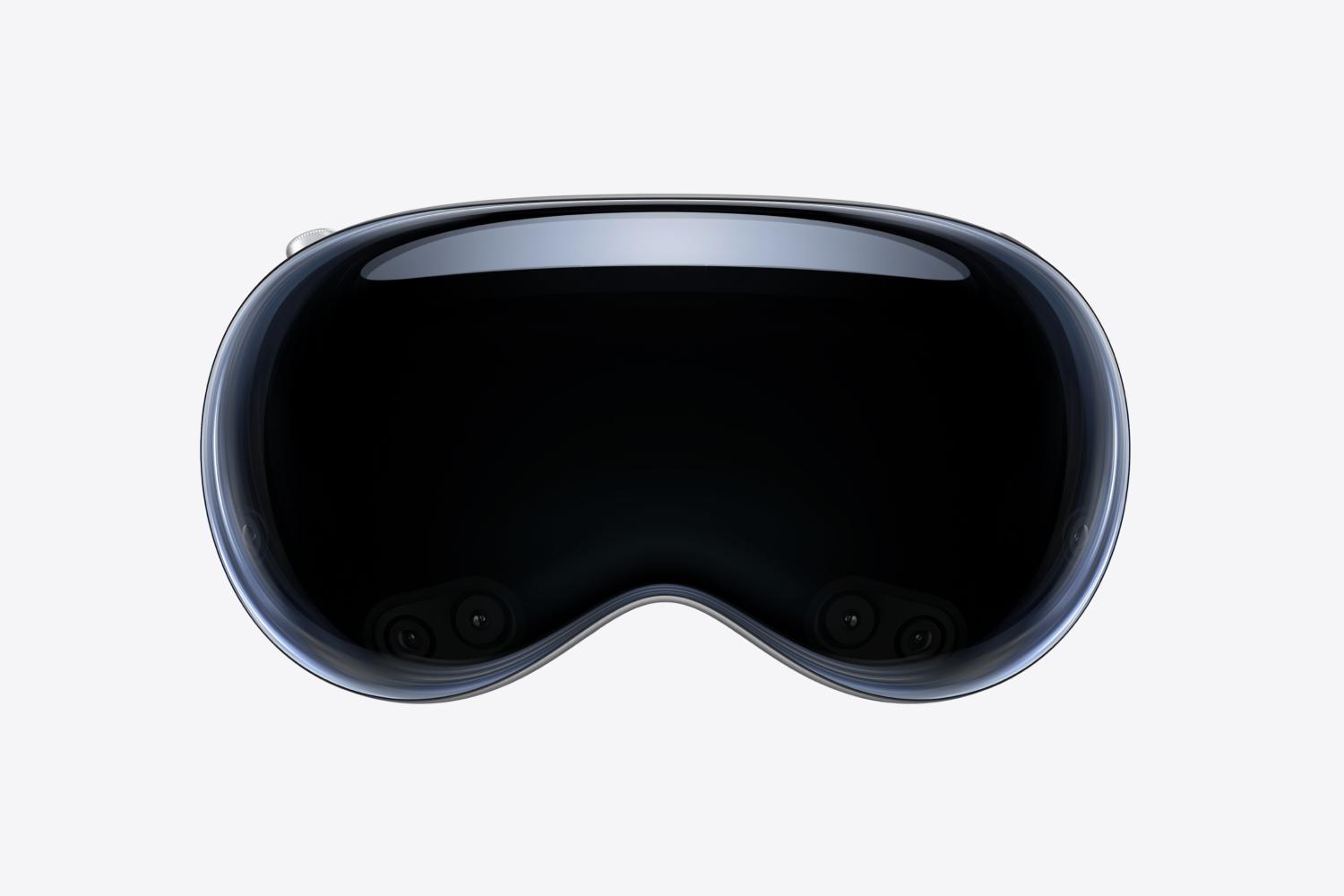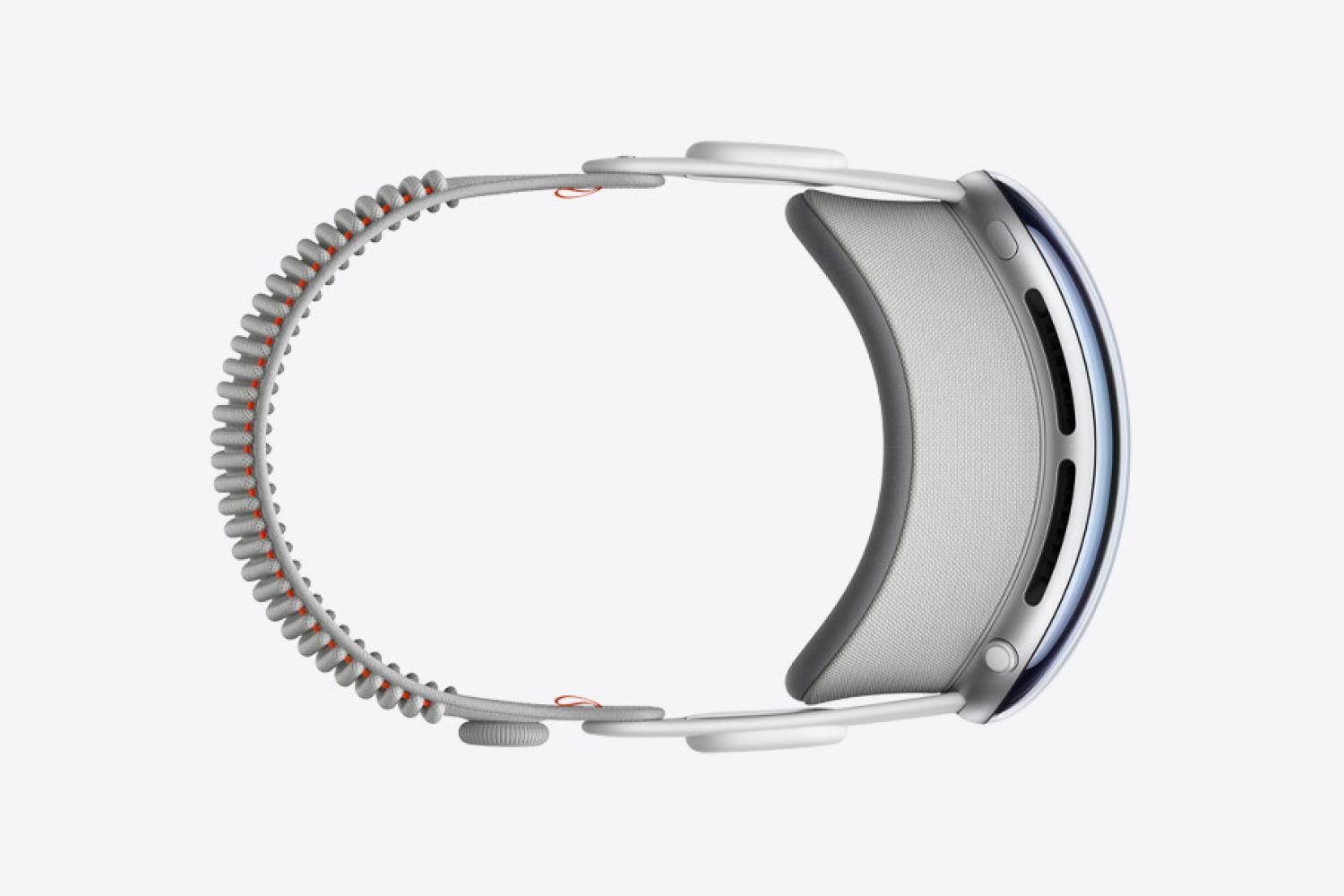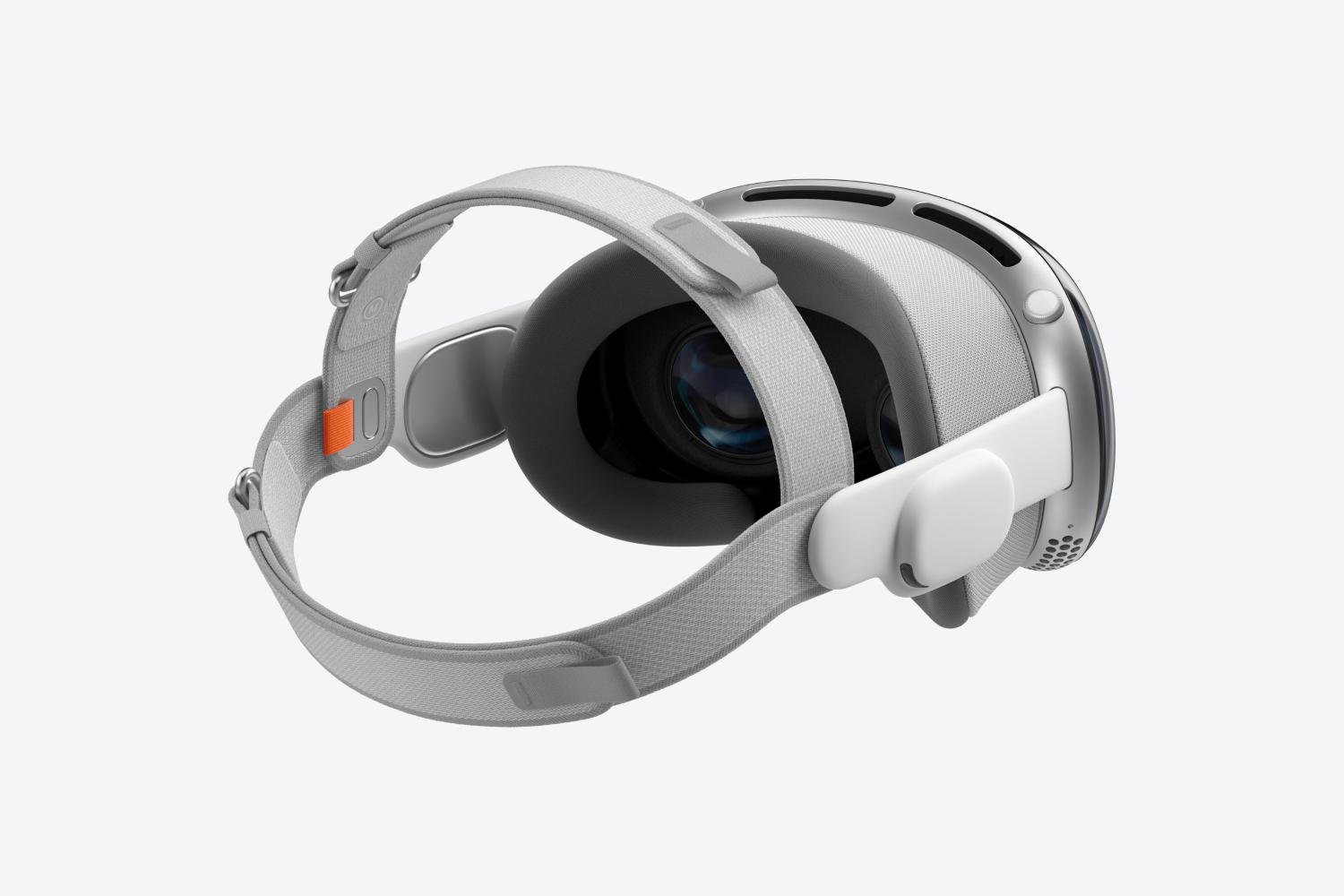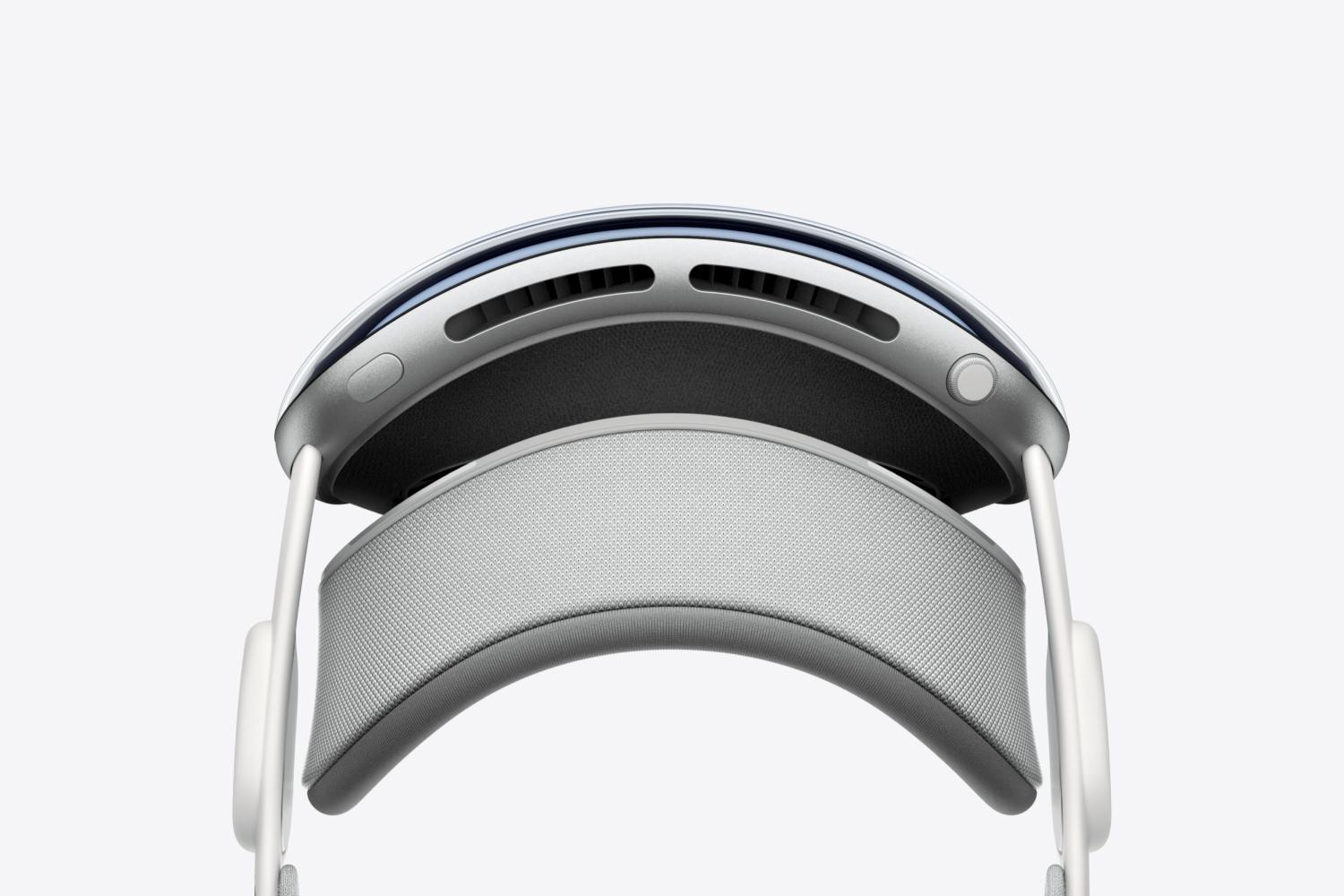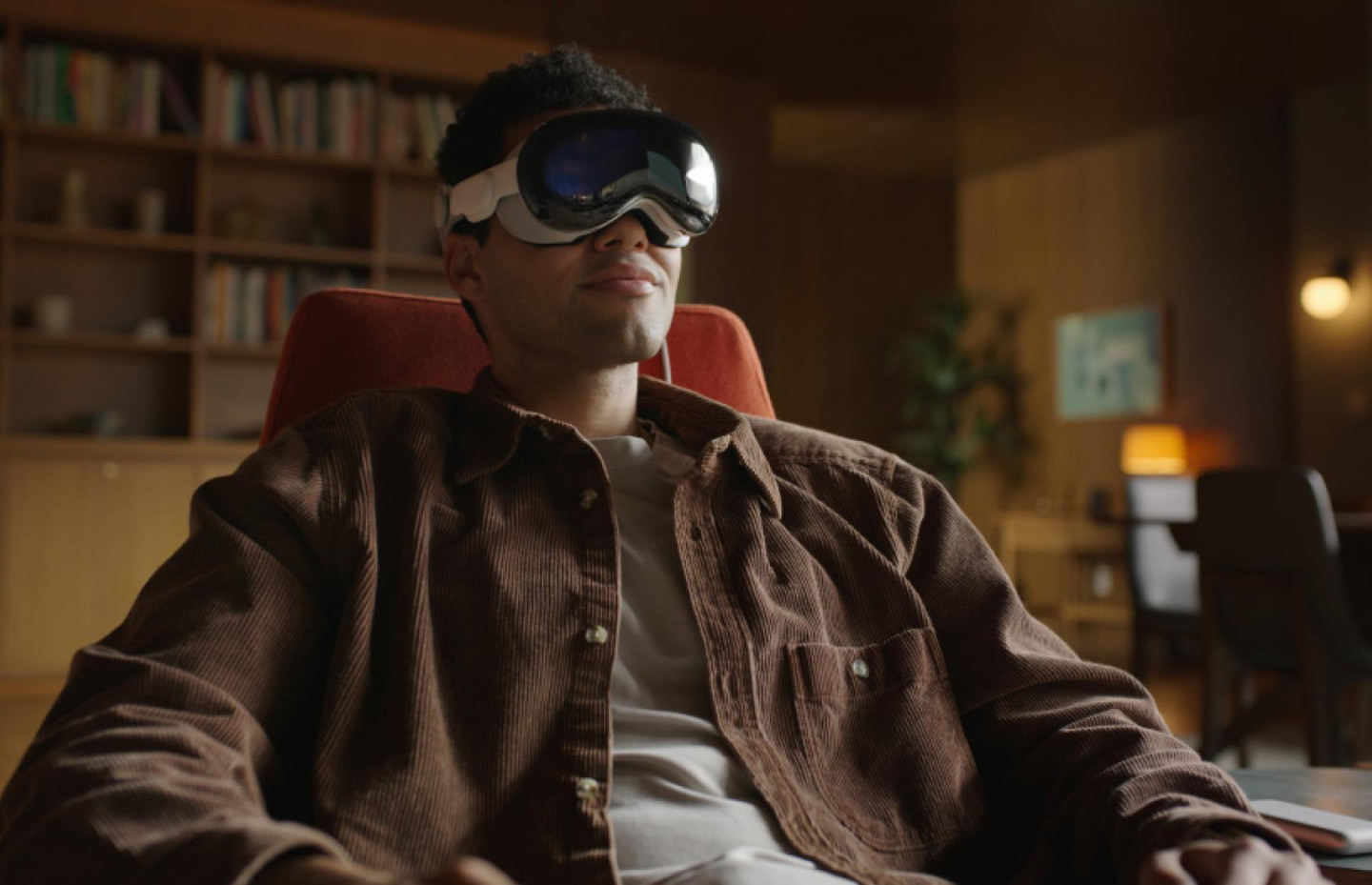
“The era of spatial computing is here. Introducing Apple Vision Pro” – this is how they presented their radically new and therefore long-awaited product eight months ago in Cupertino.
No, they don’t weigh much. For some reason, almost every reviewer has this particular complaint about the Apple Vision Pro, but I wouldn’t consider the weight of the glasses a significant factor at all – you don’t think about it at all when plunging into the world of “spatial computing.” And there is something to see here – it will truly take your breath away.
The software is based on the new VisionOS operating system. Essentially 3D iOS. Therefore, apple owners will find everything familiar here. When you put on your glasses, you immediately want to take a selfie. And here comes the first surprise: the iPhone will unlock when it “sees” you wearing glasses! Simply fantastic. A trifle, but how important it is – indeed, it would be strange to take off your (still) bulky glasses every time just to unlock your smartphone.
The main feature: the virtual world is integrated with the real one. Moreover, the transition is made almost seamless. Relatively speaking, Apple Vision Pro can serve as a “ski mask” – in this case the screen is “transparent”: the image is completely transmitted from external cameras (there are only six of them and several more lidar sensors). Moreover, the delay in image transmission is almost zero, the signal is transmitted instantly.
In order to get into the virtual world, you need to use the Digital Crown, familiar from watches and headphones; here it also serves as a controller for scrolling and navigation. But its main task is precisely switching between realities. Turning the wheel smoothly darkens the screen, and where the outside world had just been, a hemispherical “desktop” appears—by default, a mountain landscape.
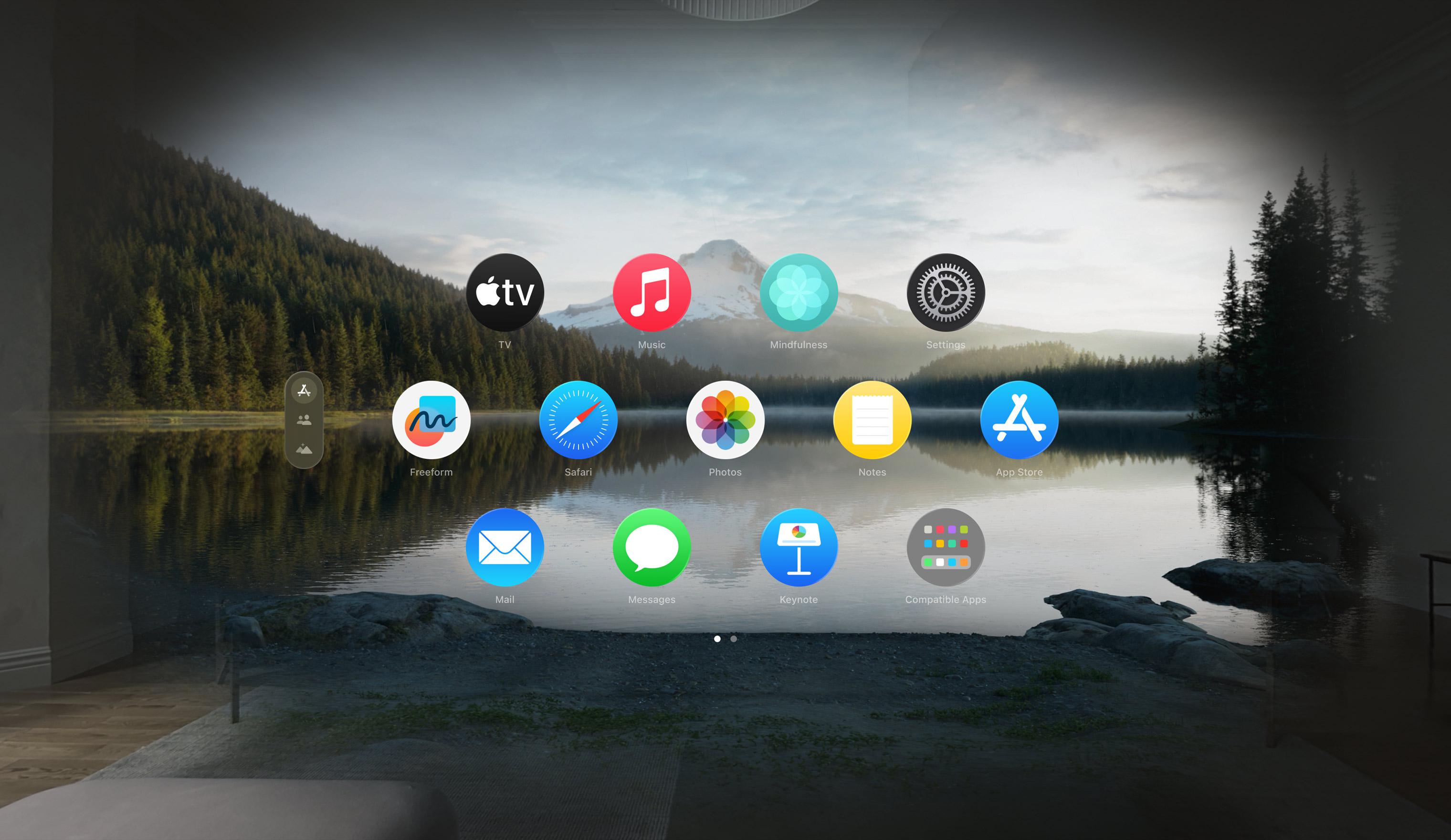
Here we have before us the main innovation of Apple – the competent combination of an unusual “dome” interface and familiar flat surfaces like the screen of a smartphone, laptop or TV. The solution is elegant. Firstly, it made it possible not to run around the market shouting “Developers, developers!”, as Microsoft CEO Steve Ballmer did either in 1999 or 2000, luring them into the unpopular Windows Phone environment. Few applications are not a problem, they will appear gradually. Secondly, cool hardware allows users to work in the usual “flat” mode, sitting as if in front of a large TV.
The controls are also done magically. In Oculus glasses, the “mouse cursor” was a fixed point-sight: you point at the desired object, wait a few seconds, and a “click” occurs. Apple could have done the same – it’s convenient to see what you’re pressing and with what. But this would deprive the entire system of magic: well, what kind of cursors are there in the world of the future. Therefore, there is nothing like that in Apple Vision Pro.
To click on an application icon or close a window, etc., just look at the object – it will barely be highlighted. And then – the “Thanos click”, tapping with the thumb and forefinger as a mouse click. And only by them! Doesn’t work with other fingers.
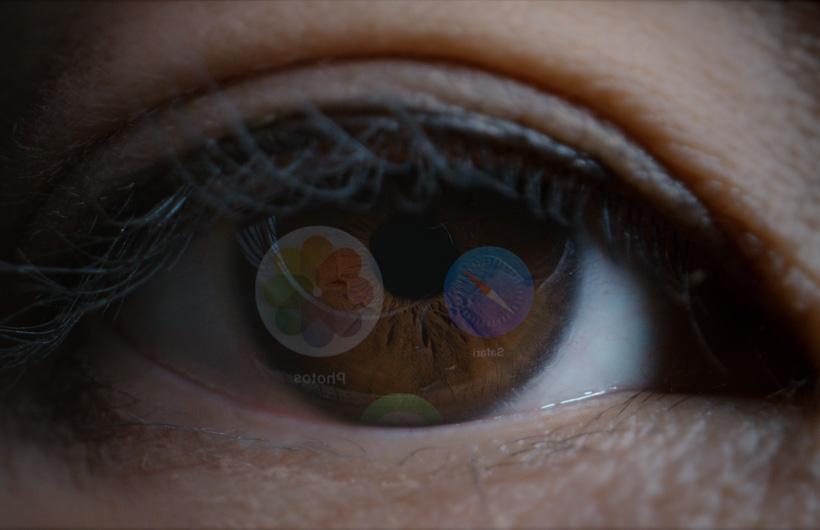
The mechanics of transition from transparent mode to virtuality and back are made in a unique way. As you scroll through the “crown,” not the entire visual part immediately becomes transparent, but first the peripheral area. If you do not complete the task, then in the very center of the glasses there will remain a small round area with “enchanted” virtuality. In some ways this is reminiscent of Doctor Strange’s magic circles – doors to other worlds.
The interaction with living people around is even more interesting. Even with the virtuality mode fully activated, the glasses will still recognize the person standing in front of you and unobtrusively highlight his outline. Obviously, this is done for safety purposes, so as not to collide with your interlocutor or a random passer-by, if you suddenly want to walk around in glasses on the street.
And you definitely want to! As soon as Apple Vision Pro went on sale, many did not miss the opportunity to test them in this mode. From the outside it looks “creepy”, but only if you don’t know how the glasses actually work.
Duality opens up completely new and innovative uses for Apple Vision Pro. With all other models of VR glasses, everything was immediately clear: put it on – found yourself in a new world – did something there – took off the glasses – found yourself back in reality. And these can never be removed at all. Cameras and software convey the image of the outside world almost perfectly, and this radically distinguishes the new product from all competitors, where the pixel size is reminiscent of 8-bit Dendy. It was completely impossible to stay in such spaces for a long time.
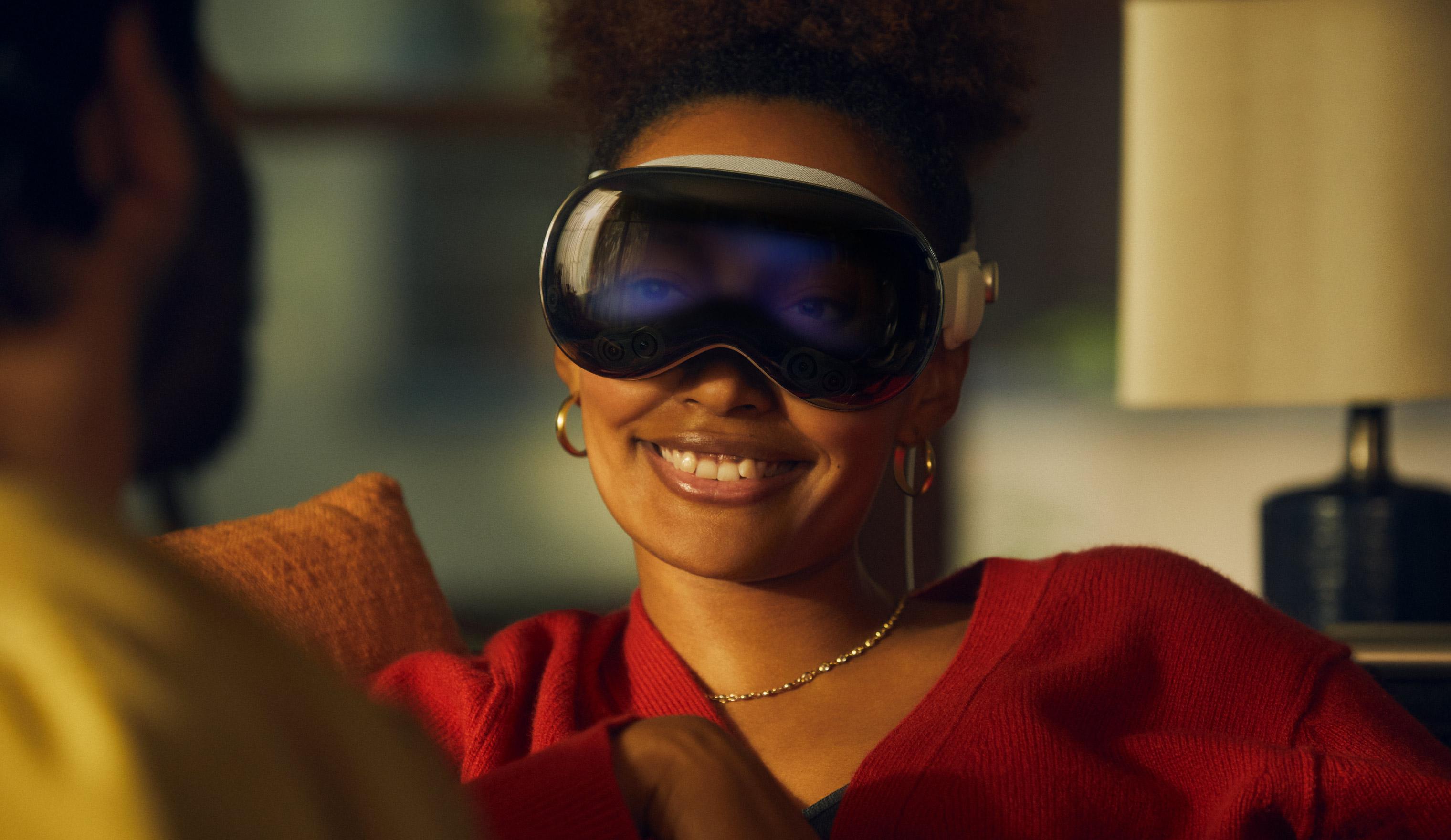
And yet the main question is: how to use Apple Vision Pro?
Even Apple itself doesn’t seem to be very clear on how to use them. The promotional video lists the obvious. Cinema – of course. Here you can enlarge the picture with your fingers – the screen can grow up to 30 virtual meters wide, and darken the background, and cool sound. You can also enlarge the screen of a MacBook by connecting both devices.
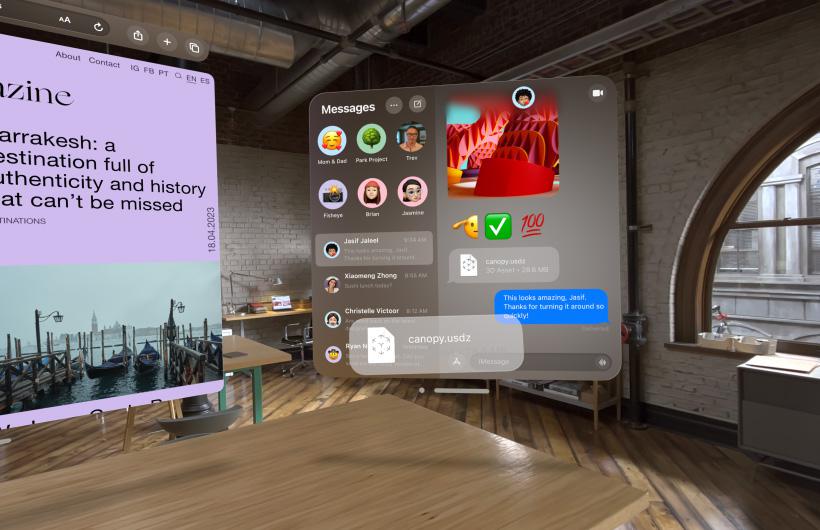
Panoramic photos. Video chats. Document editing is also proposed, somewhat reminiscent of Tom Cruise’s actions in Minority Report. In the meditation app, 3D petals will fly and swirl around you. Meditation with heavy glasses? Well, I don’t know… That’s all that Cupertino is ready to offer today.
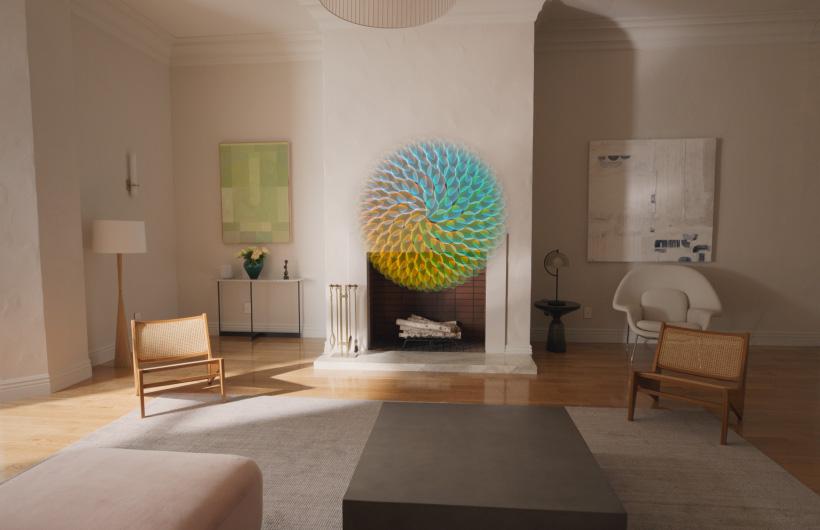
Although it is obvious that the potential of Apple Vision Pro is enormous, and here it is enough to look towards augmented reality. In “Terminator mode,” AR makes ordinary reality “more useful”: it shows routes, analyzes objects, suggests ways to fix some breakdowns and problems, finding a solution using ChatGPT, analyzes buildings, signs, translates texts and speech in real time. It probably won’t do without built-in advertising.
Another potential scenario is the interaction of multiple Apple Vision Pro owners. There may be various competitive moments here, as in “Fitness” on the Apple Watch, as well as data exchange, some elements of gamification.
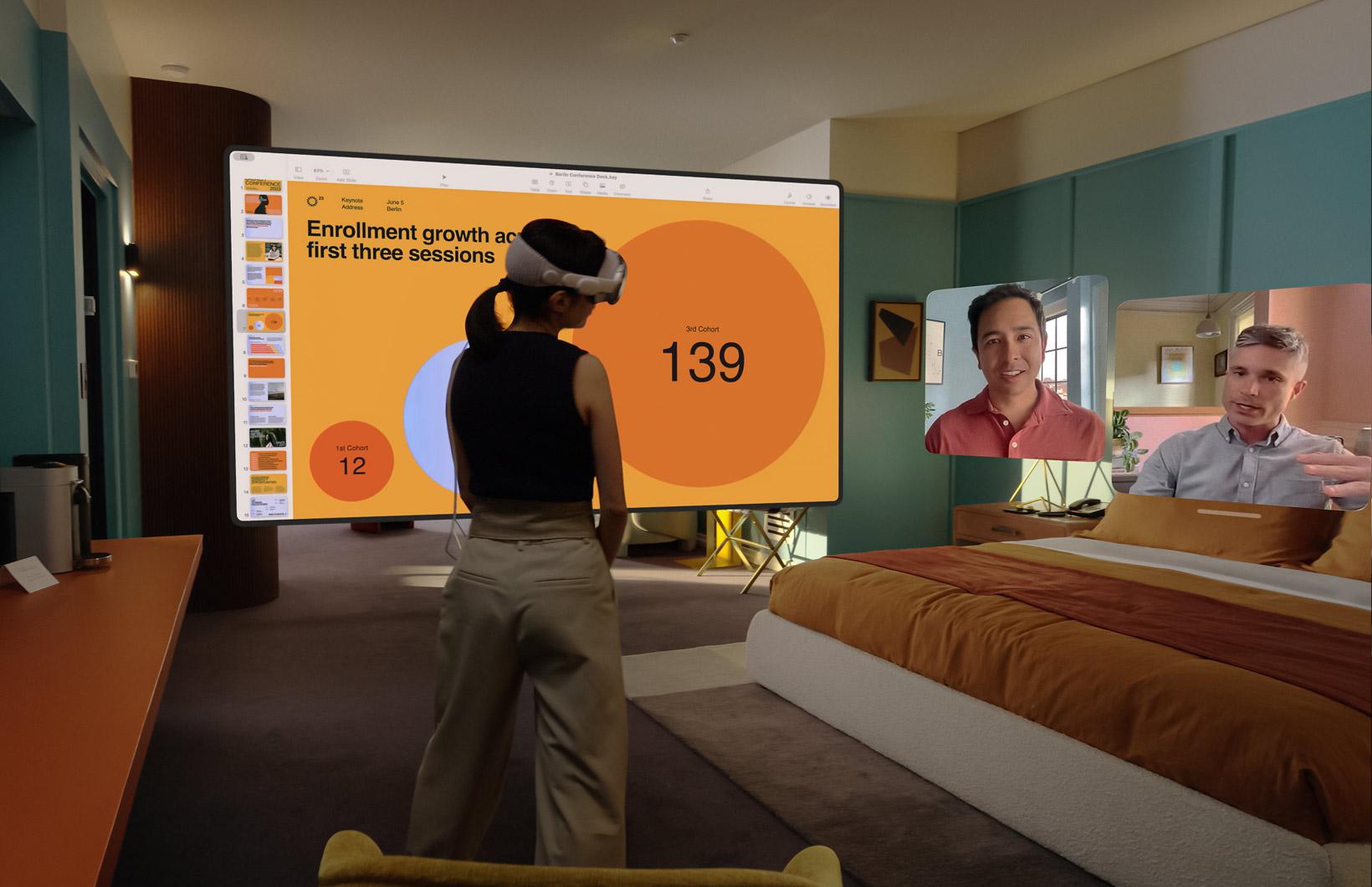
“The glasses market in Europe is still being created by enthusiasts,” says Eldar Murtazin, head of Mobile Research Group. — By the end of the week, about 300 pieces will be sold. Retail chains bring literally several dozen pieces each as part of parallel imports. Prices will quickly go down, I think they will be fixed at about 0.5 million. In the States, sales are also small for now, although more, of course. In Europe, it is difficult to fully use Apple Vision Pro: you need an American ID, the language is only English for now. Therefore, these glasses are more for display purposes at the moment. Form a market here for now…

